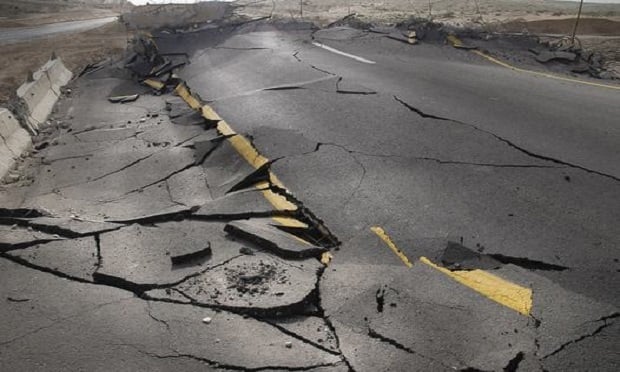 According to the latest FEMA data, earthquake losses in the U.S. total roughly $6.1 billion dollars annually. (Photo: Shutterstock)
According to the latest FEMA data, earthquake losses in the U.S. total roughly $6.1 billion dollars annually. (Photo: Shutterstock)
During the first three months of 2020, the continental United States experienced five earthquakes measuring magnitude 5 or more, according to the U.S. Geological Survey (USGS). These include a magnitude 5.7 earthquake that struck outside Salt Lake City on March 18, and, 13 days later, a magnitude 6.5 quake 80 miles northeast of Boise, Idaho.
Recommended For You
Want to continue reading?
Become a Free PropertyCasualty360 Digital Reader
Your access to unlimited PropertyCasualty360 content isn’t changing.
Once you are an ALM digital member, you’ll receive:
- Breaking insurance news and analysis, on-site and via our newsletters and custom alerts
- Weekly Insurance Speak podcast featuring exclusive interviews with industry leaders
- Educational webcasts, white papers, and ebooks from industry thought leaders
- Critical converage of the employee benefits and financial advisory markets on our other ALM sites, BenefitsPRO and ThinkAdvisor
Already have an account? Sign In Now

